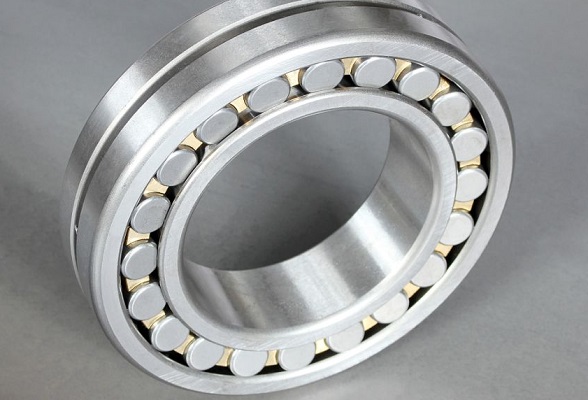Bearing super precision technology
Ultra-precision technology is not only used in the bearing industry, it is also used in engines nowadays, and other precision machinery and instruments are also beginning to use this technology.
What is bearing super precision
Bearing super-precision process is a kind of feed motion to realize a finishing method of micro-grinding.
The surface before superfinishing is generally precision turned and ground. Specifically, under good lubrication and cooling conditions, a fine-grained abrasive tool (whetstone) is used to apply a small pressure to the workpiece, and in the direction of the vertical dry workpiece rotation, the workpiece rotating at a certain speed is fast and short reciprocating oscillation A sports finishing method.
What is the role of bearing superfinishing
In the rolling bearing manufacturing process, super precision is the final process of bearing ring processing. It can reduce or eliminate the circular deviation left by the grinding process, repair the shape error of the groove, refine the surface roughness, and improve the surface physical and mechanical properties. It plays an important role in reducing the vibration and noise of the bearing and improving the mission of the bearing.
It can be specifically reflected in the following three aspects
1. It can effectively reduce the waviness. In the super-finishing process, in order to ensure that the whetstone always acts on the wave crest and does not touch the trough, the arc of the whetstone and the workpiece is ≥ the wavelength of the waviness of the workpiece surface. In this way, the contact pressure of the wave crest is relatively large, and the peak is Is cut, thereby reducing the waviness.
2. Improve the groove shape error of the ball bearing raceway. Super-finishing can effectively improve the groove shape error of the raceway by about 30%.
3. Compressive stress can be generated on the super-finished surface. During the superfinishing process, cold plastic deformation is mainly produced, so that after superfinishing, residual compressive stress is formed on the surface of the workpiece.
4. It can increase the contact area of the working surface of the ferrule. After super-finishing, the contact bearing area of the working surface of the ferrule can be increased from 15% to 40% after grinding to 80% to 95%.
Bearing super-precision process
1. Cutting of the bearing
When the surface of the grindstone is in contact with the convex peaks of the rough raceway surface, due to the small contact area, the force per unit area is relatively large. Part of the abrasive grains on the surface of the grindstone fell off and shattered, exposing some new sharp abrasive grains and edges. At the same time, the surface peaks of the bearing workpiece are subjected to rapid cutting, and the peaks and the ground deterioration layer on the surface of the bearing workpiece are removed through the effects of cutting and reverse cutting. This stage is called the cutting stage, and most of the metal margin is removed at this stage.
2. Half cutting of bearing
As the processing continues, the surface of the bearing workpiece is gradually smoothed. At this time, the contact area between the grindstone and the workpiece surface increases, the pressure per unit area decreases, the cutting depth decreases, and the cutting ability weakens. At the same time, the pores on the surface of the grindstone are blocked, and the grindstone is in a half-cutting state. This stage is called the half-cutting stage of bearing finishing. In the half-cutting stage, the cutting marks on the surface of the bearing workpiece become lighter and a darker gloss appears.
3. Smoothing stage
This stage can be divided into two steps: one is the grinding transition stage; the other is the grinding stage after stopping cutting
Grinding transition stage
Abrasive particles are reduced by self-sharpening, the edge of the abrasive particles is smoothed, and the oxides of the chips begin to be embedded in the gaps of the whetstone. The pores of the whetstone are blocked by the abrasive particles, so that the abrasive particles can only be cut weakly, accompanied by extrusion and polishing. At this time, the surface of the workpiece The roughness decreases quickly, and black chip oxides adhere to the surface of the whetstone.
Stop the cutting and grinding phase
The friction between the oil stone and the workpiece is very smooth, the contact area is greatly increased, the pressure drops, and the abrasive particles can no longer penetrate the oil film to contact the workpiece. When the oil film pressure on the bearing surface is balanced with the oil stone pressure, the oil stone is floated. During the formation of an oil film, the cutting effect is no longer available at this time. This stage is unique to super finishing.







